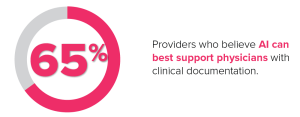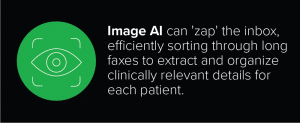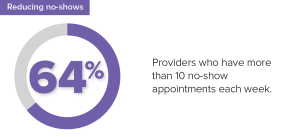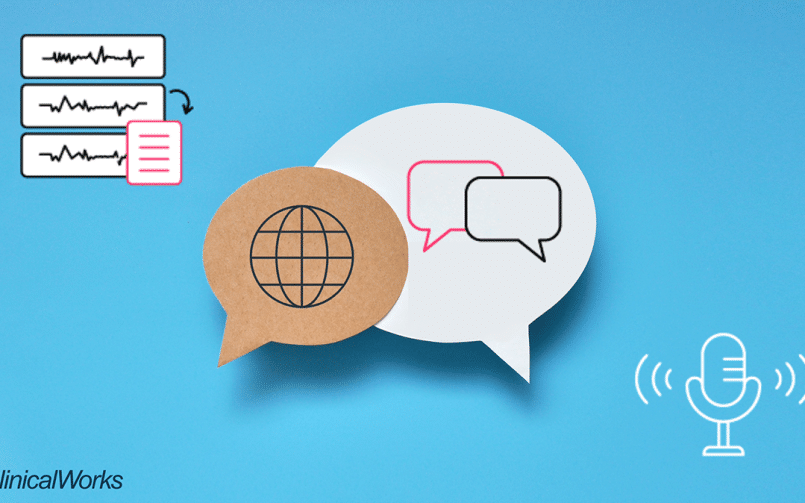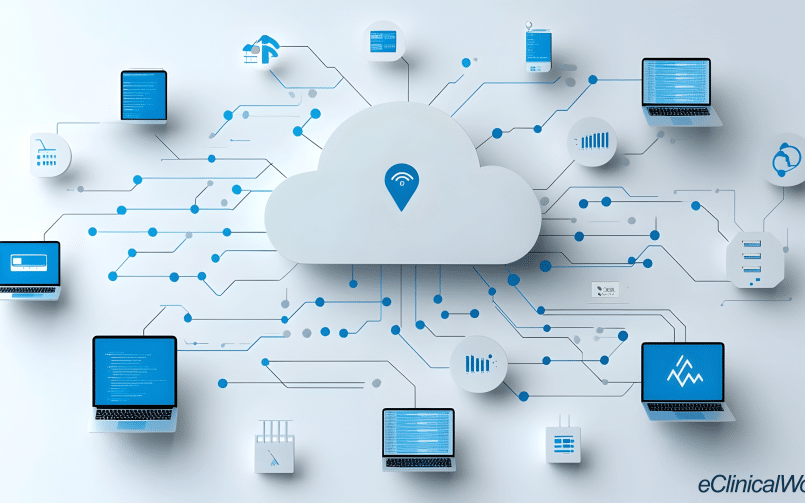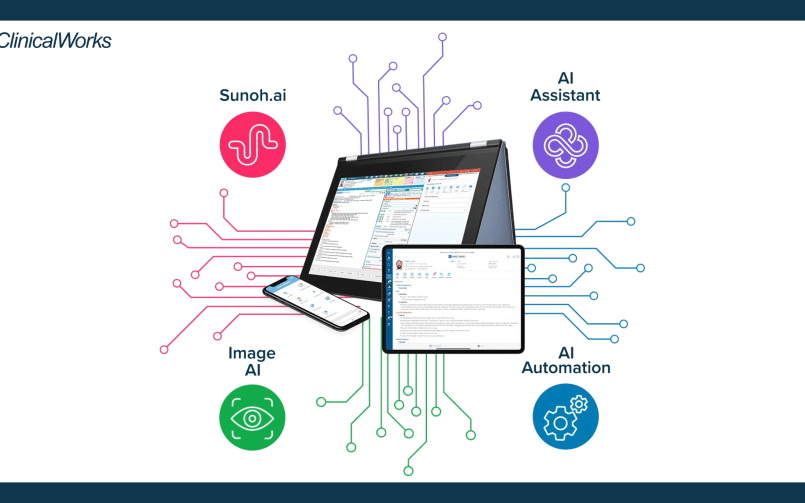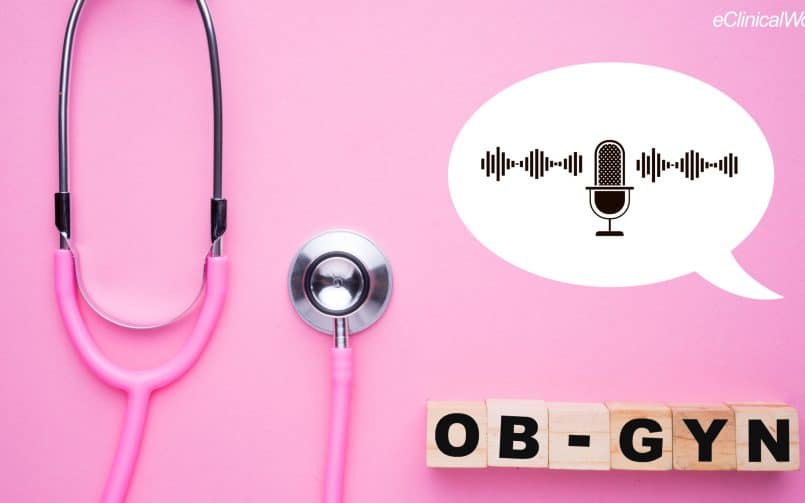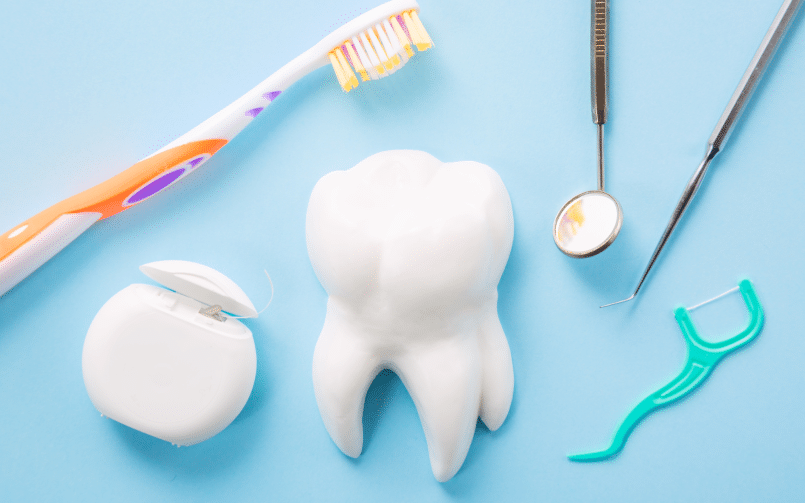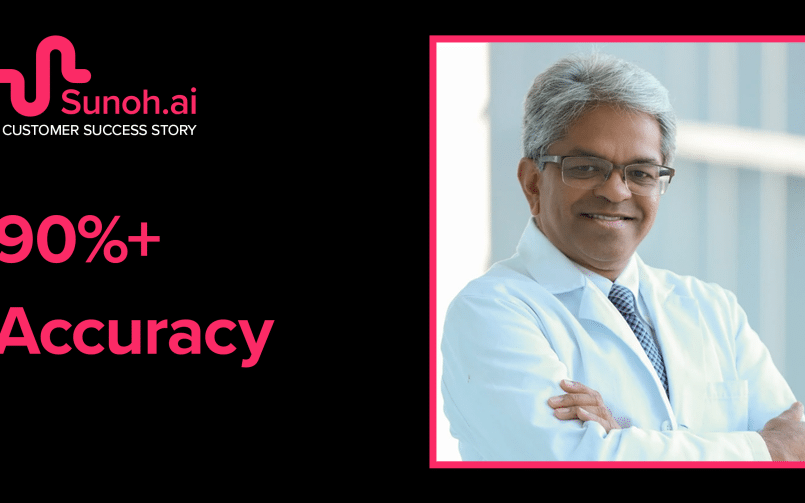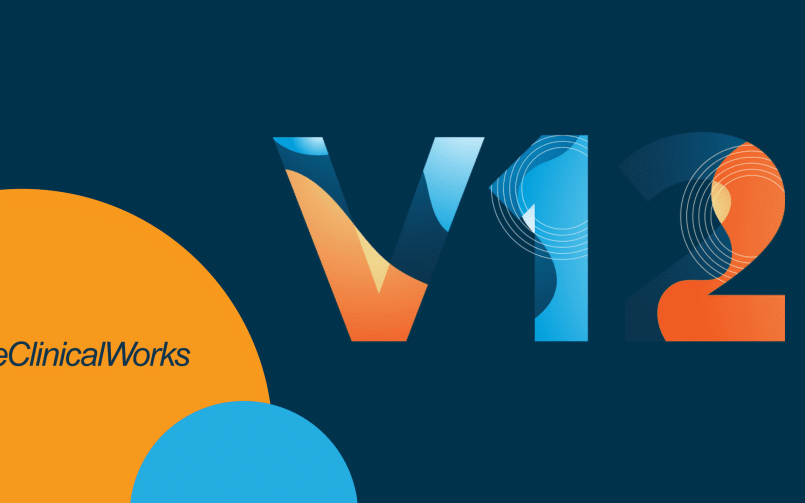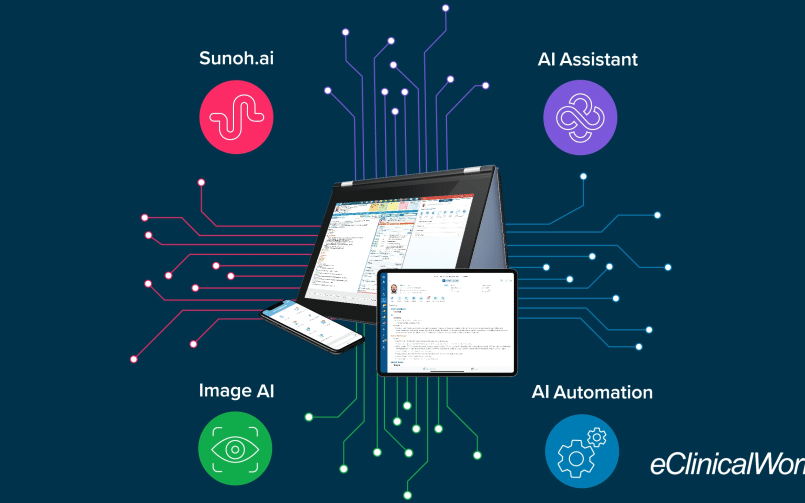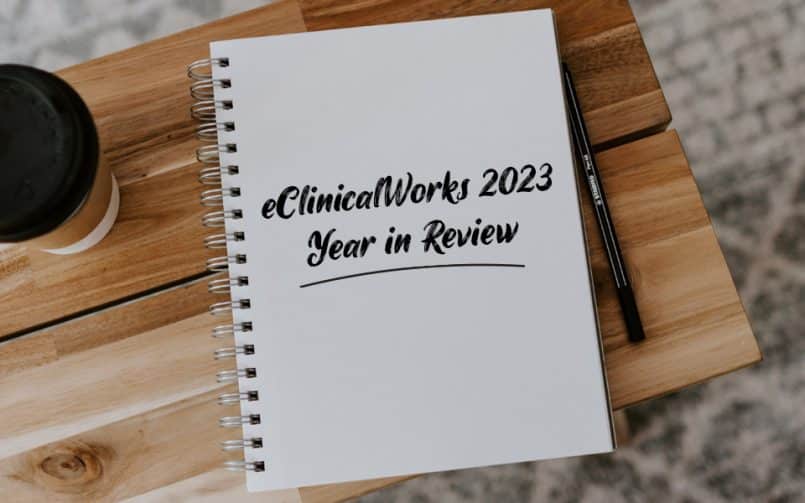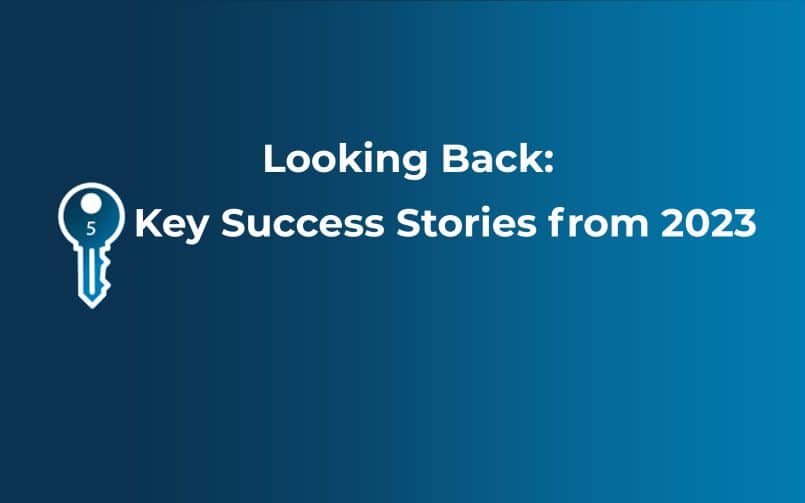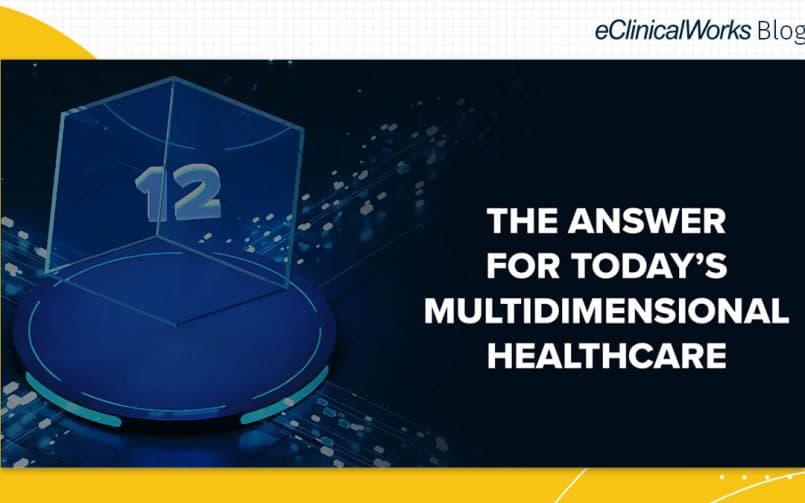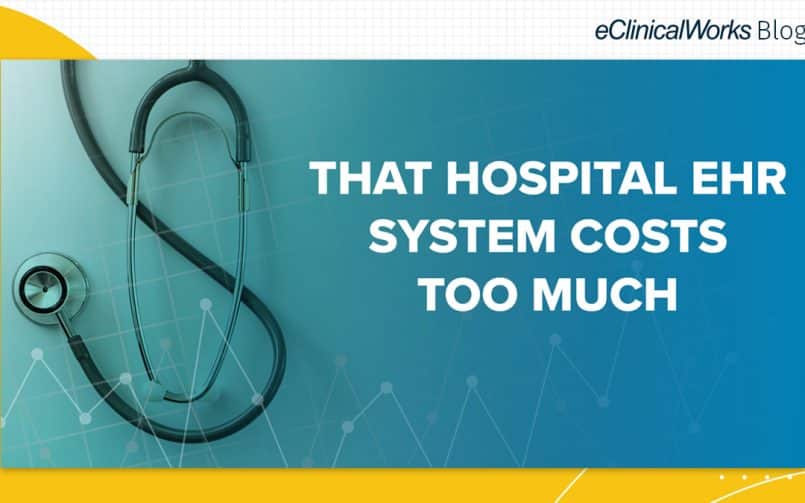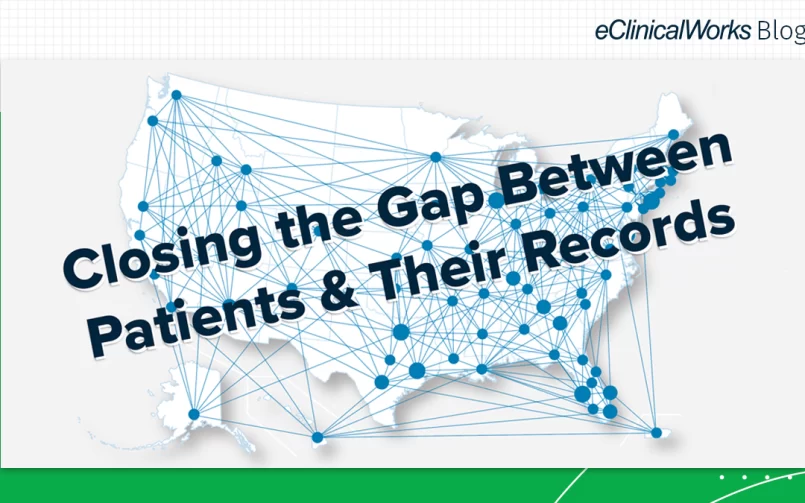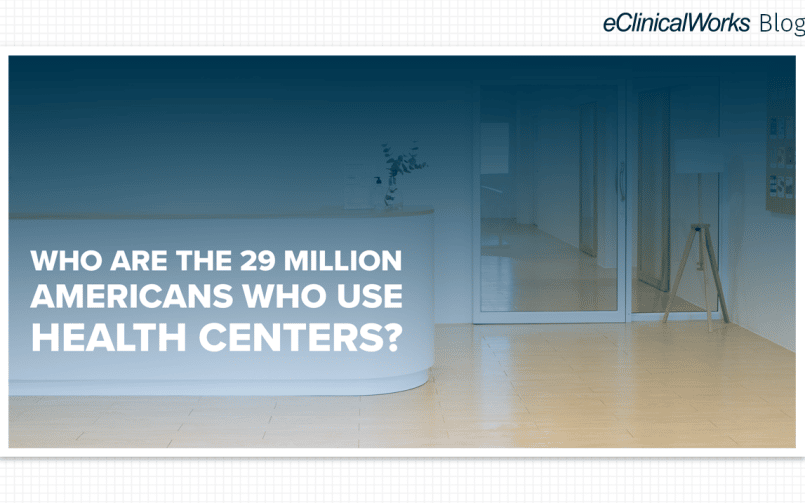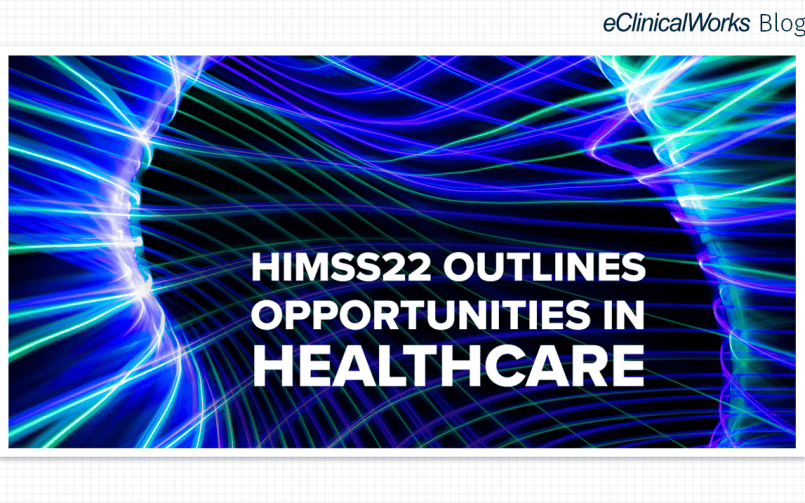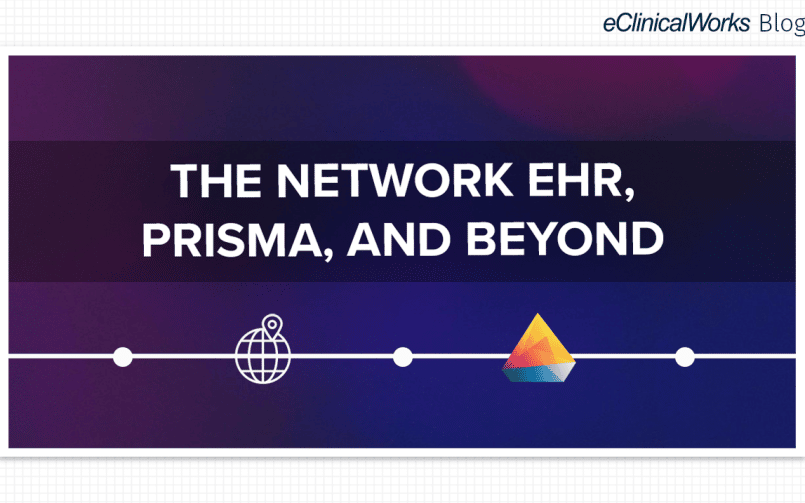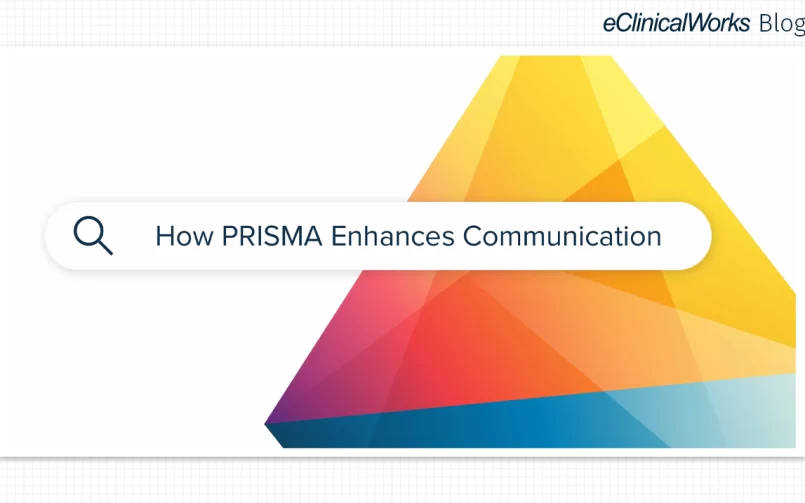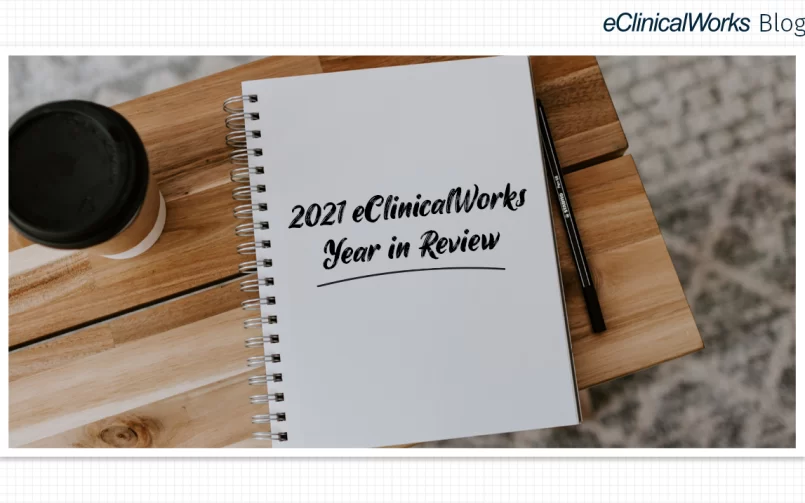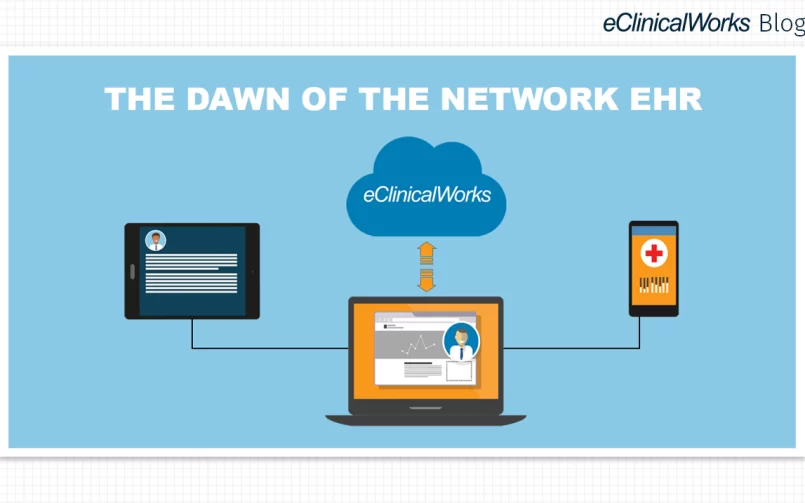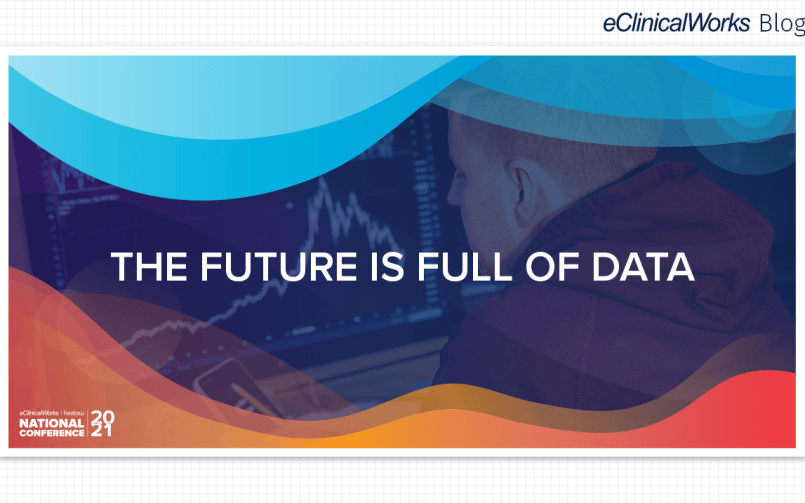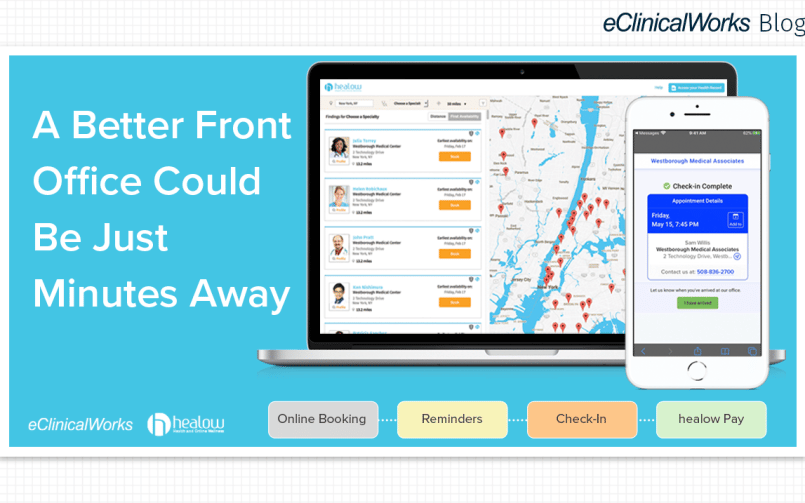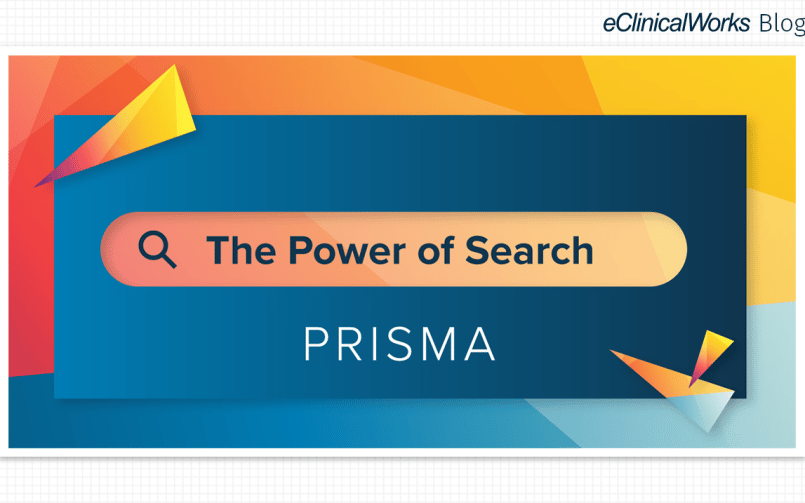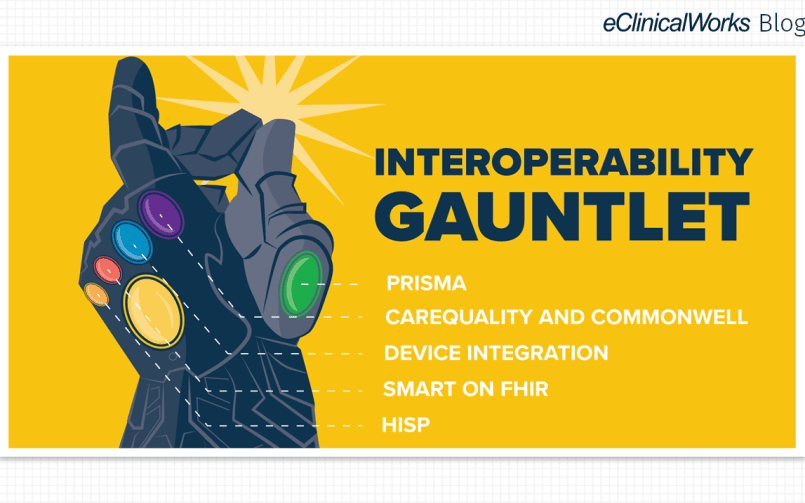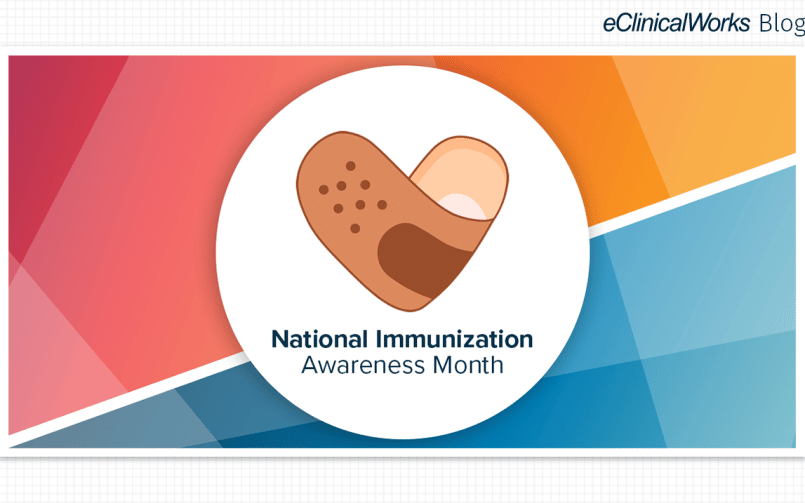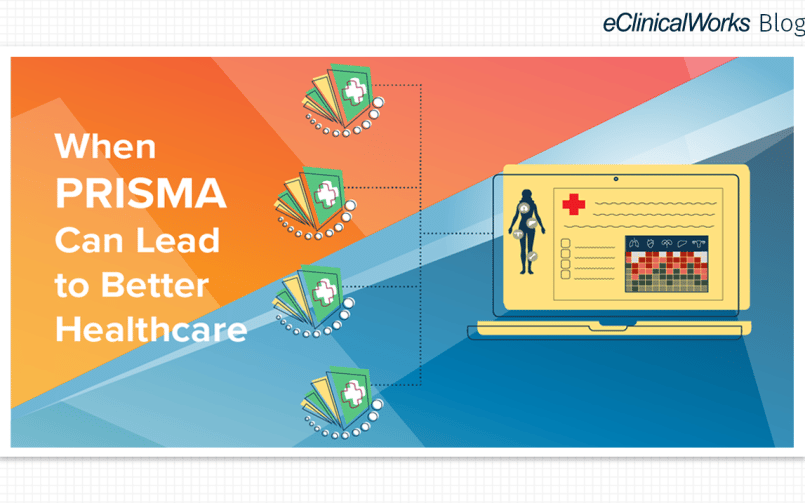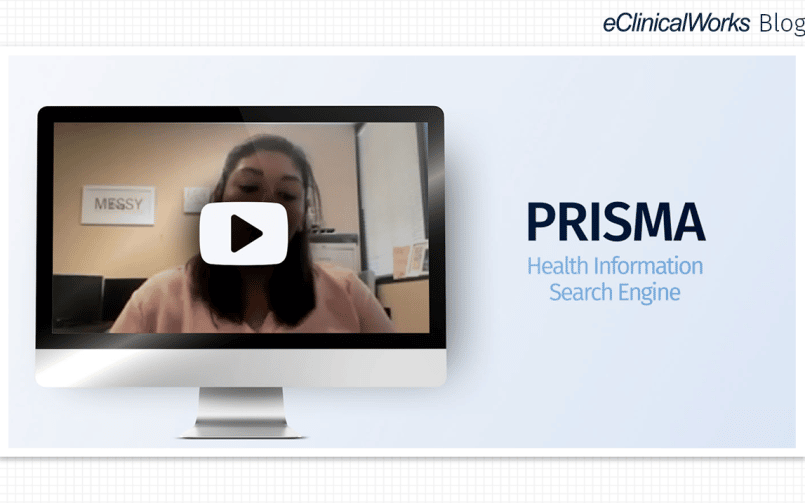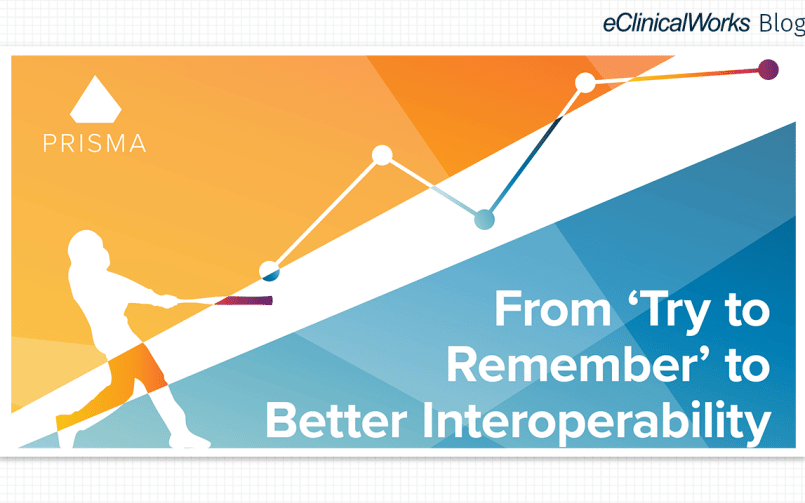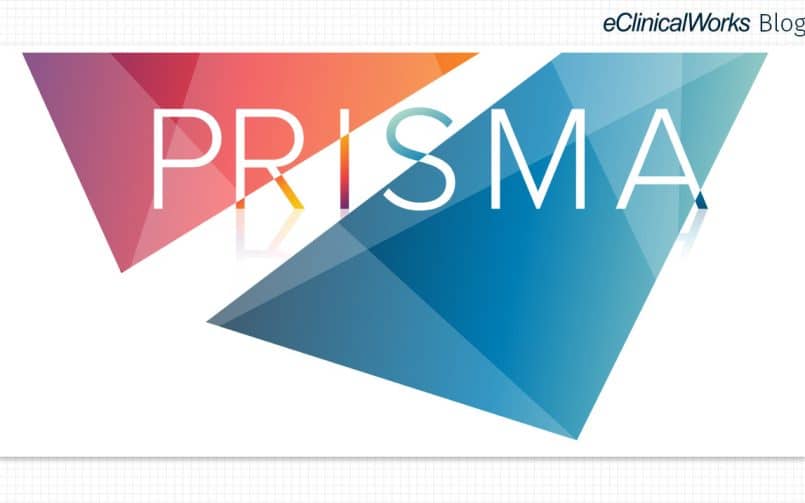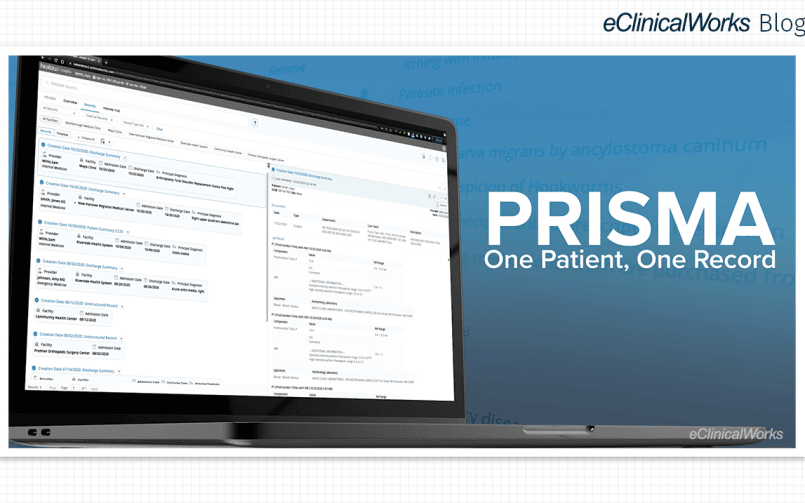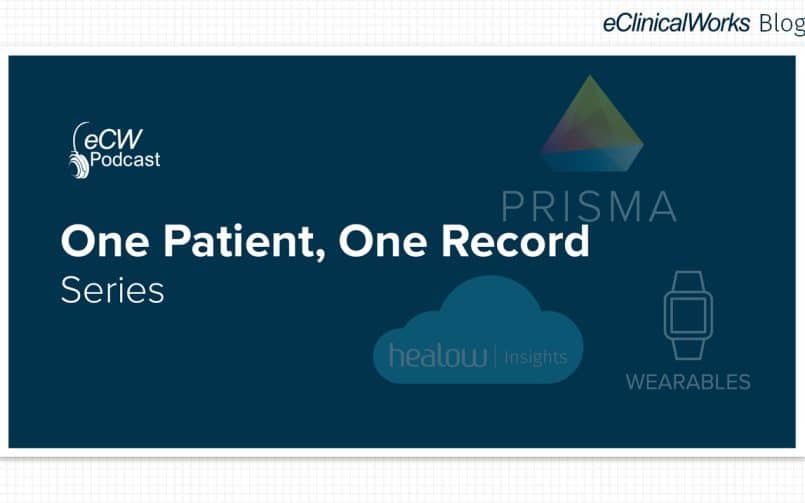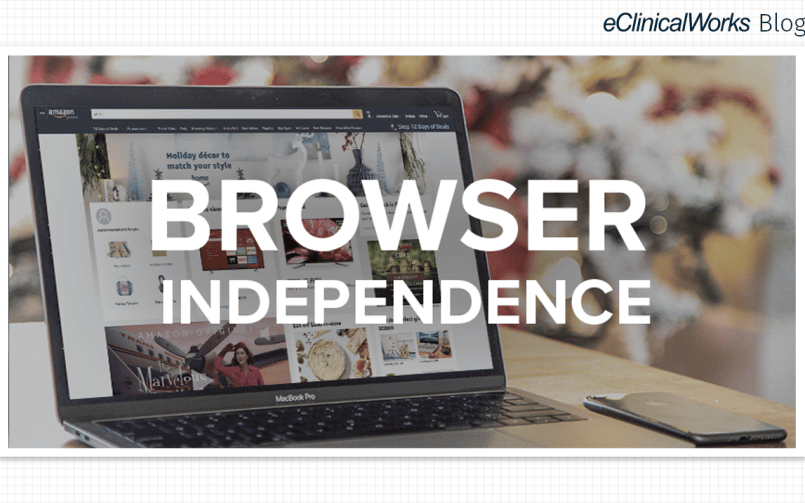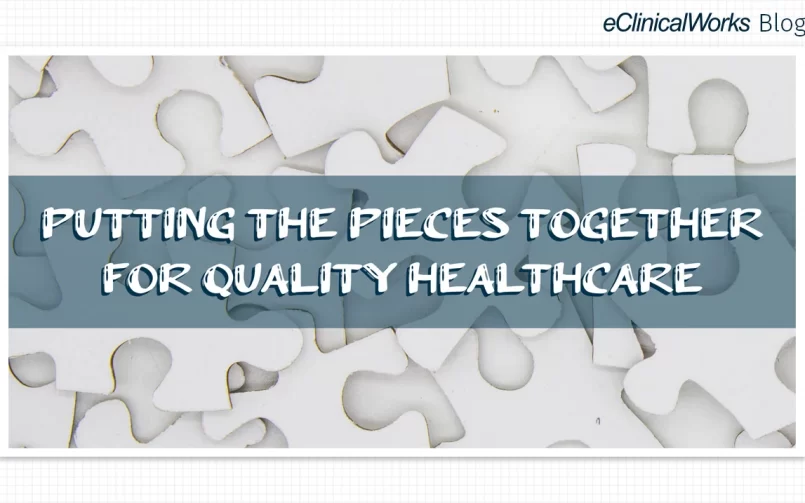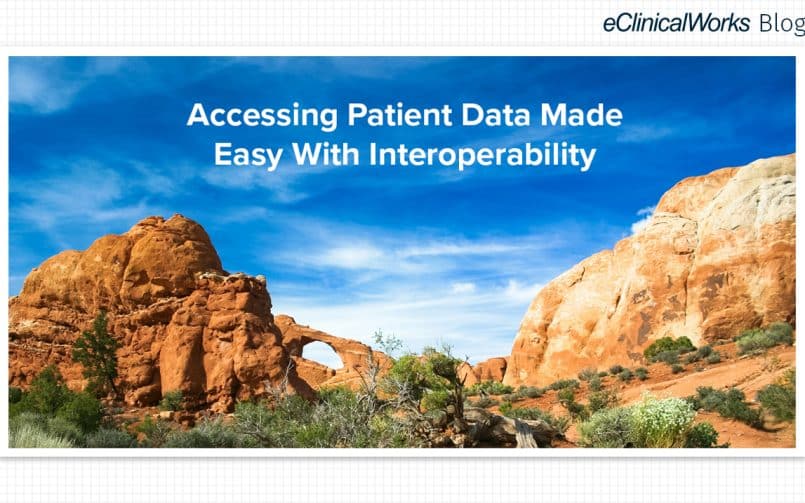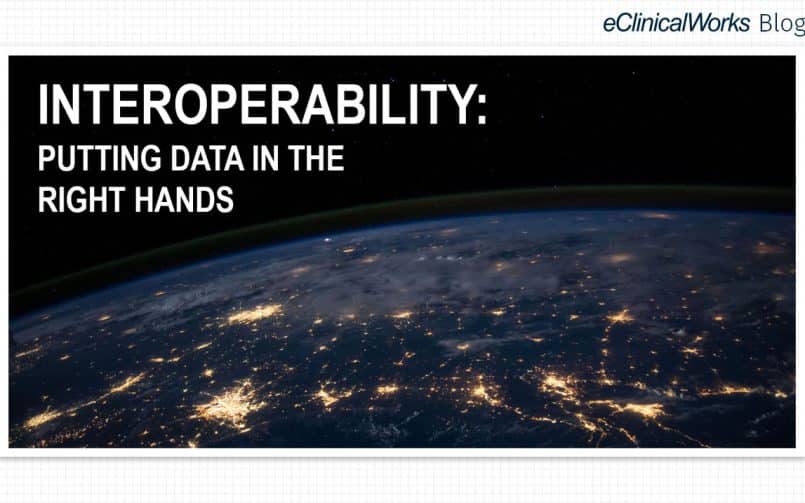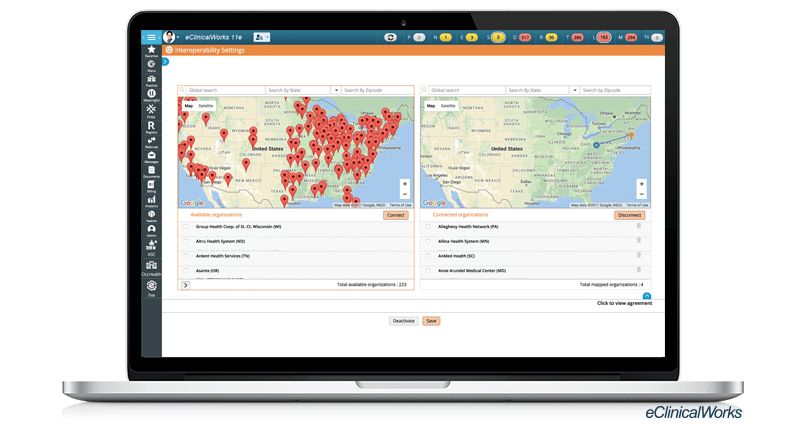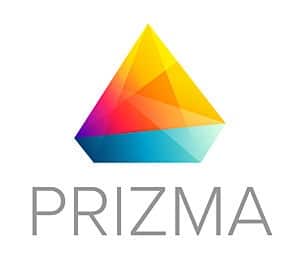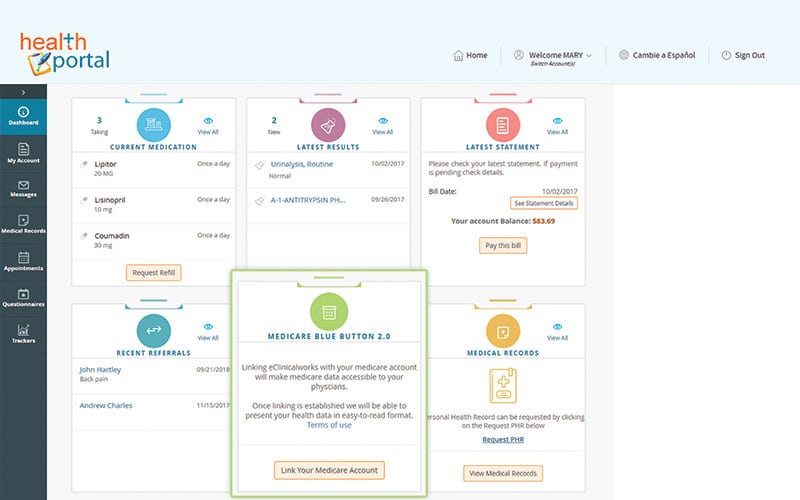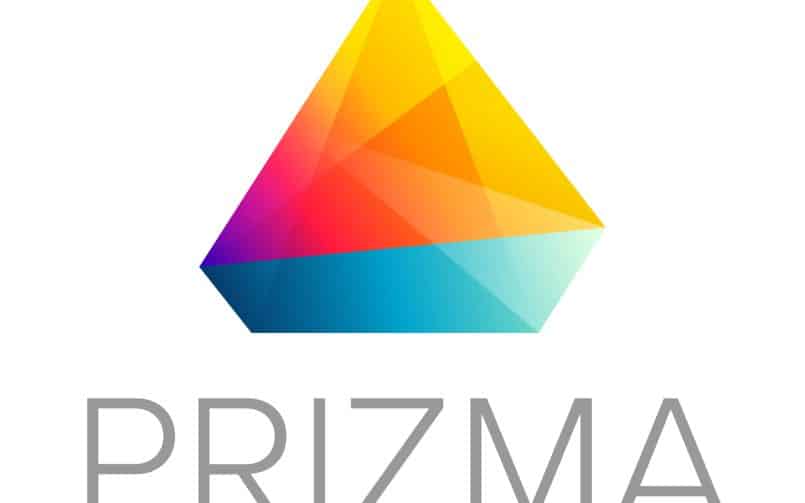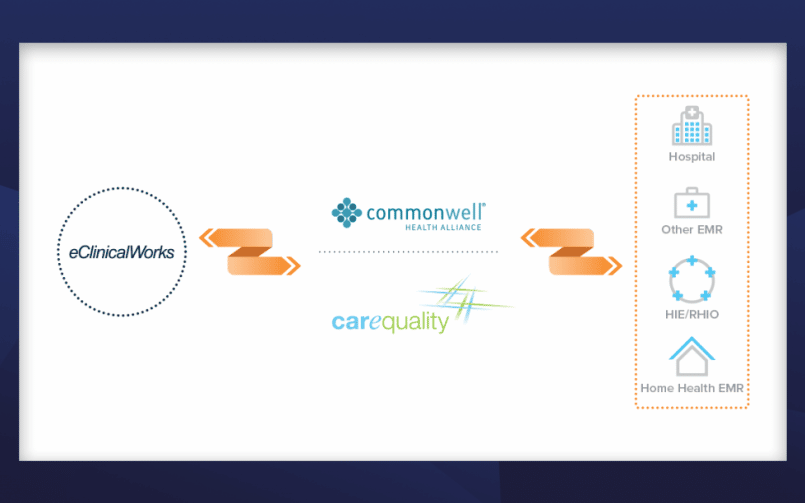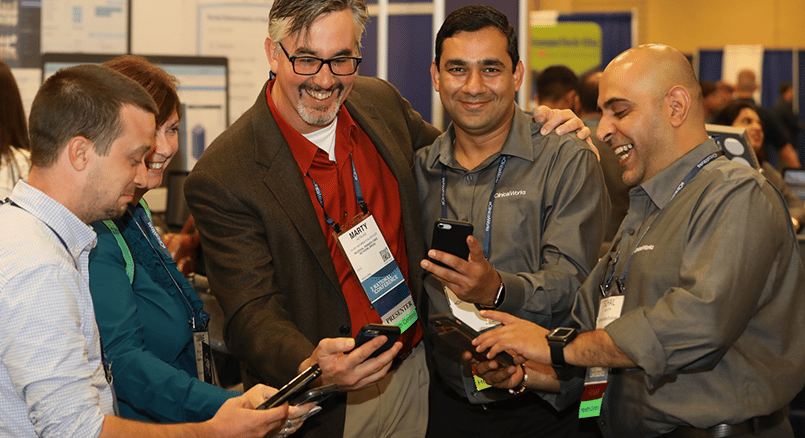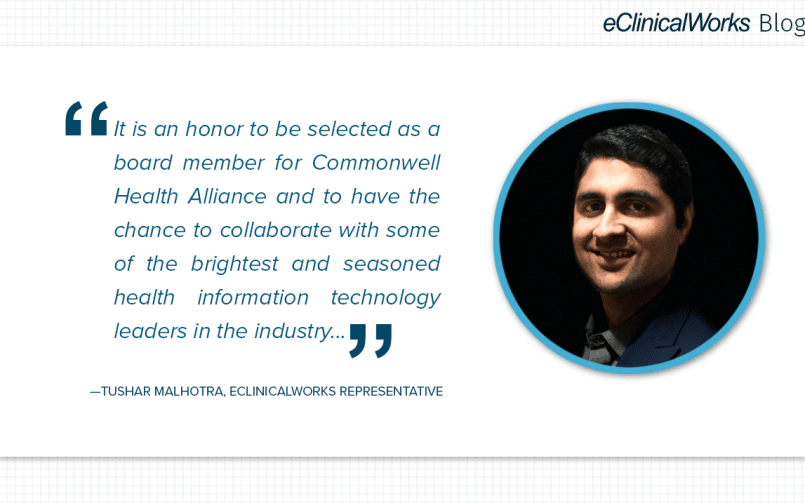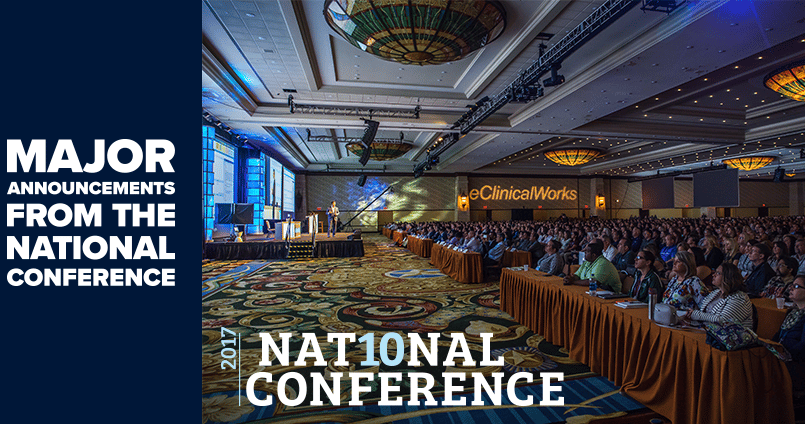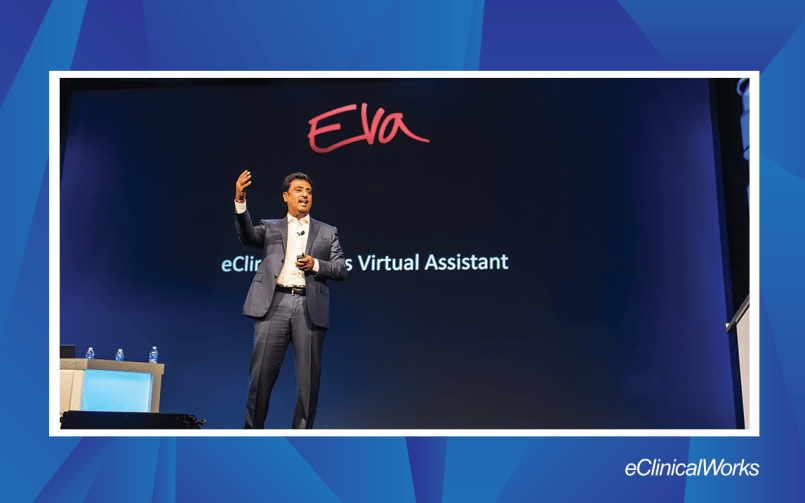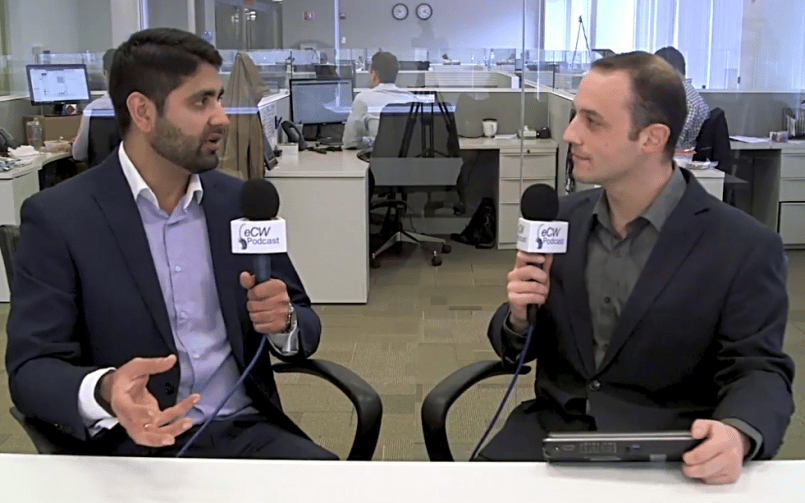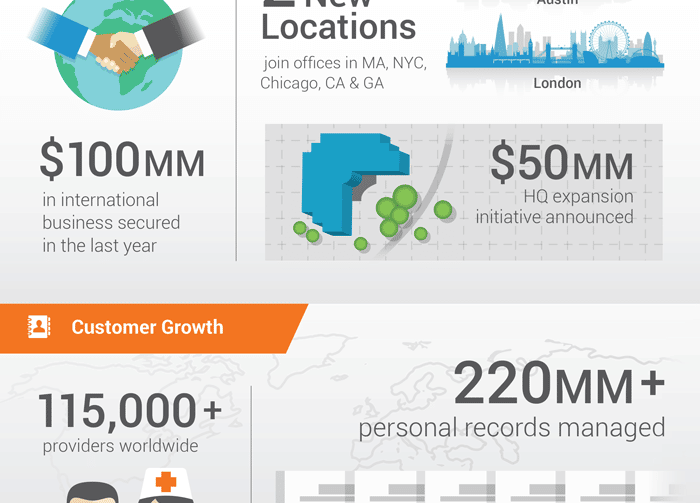How AI Can Help the Healthcare Industry
- 30 July 2024
- Blog
eClinicalWorks
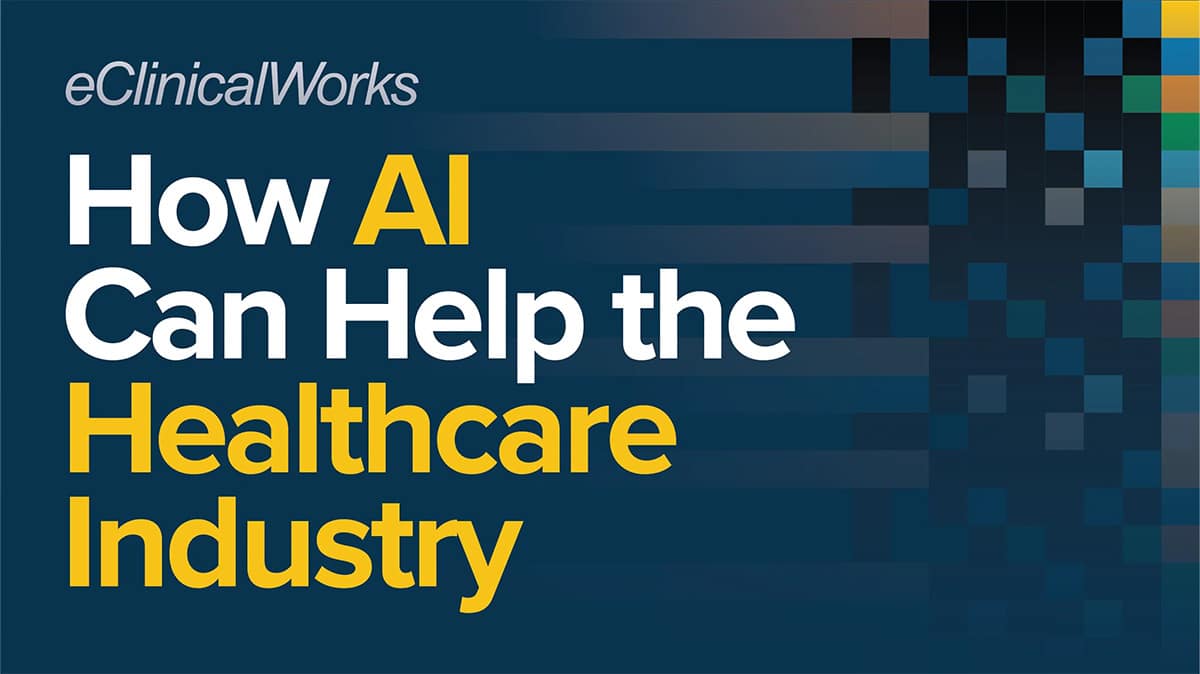
eCW Poll Identifies Key Challenges and Solutions
Whatever their specialty, however large their practice, and regardless of how diverse their patient populations may be, America’s healthcare professionals share a common challenge — administrative tasks.
Year after year, case studies, surveys, polls, and anecdotal evidence agree that grappling with office administration — everything from check-in and insurance authorizes to care documentation, fax boxes, and gathering patient records — is among the biggest challenges in healthcare.
All that administrative work generates an ever-growing flood of data. And while much of it is essential to providing prompt, quality care to patients, it is also very easy to lose one’s way amid such work. That can leave doctors and staff feeling disconnected — both from the patients they care for and from their own families and personal lives — as their administrative work consumes their evenings, cutting into the “pajama time” we all need to rest, relax, and recharge.
Our May 2024 poll of more than 120 healthcare professionals confirms these findings. Indeed, 41 percent of respondents told us they are spending four or more hours every day on documentation alone.
That’s like spending half your workday simply recording what you did during the other half. But remember that, in medicine, there are few timeouts. Patients keep coming, data keeps flowing in, and the time for completing documentation and other administrative work often extends beyond the hour when the office closes — and can run well into the evening.

How administrative burdens increase risks of burnout
It is little wonder that doctors often take work home, may struggle to recall the details of each of the day’s patient visits, and wind up losing the family and personal time they need to rest and be at their best the next day.
Our poll’s other key findings illustrate how a growing burden of administrative tasks, beginning but not limited to documenting patient encounters, can have ripple effects in all other areas of a medical practice. The end result is clear: There’s simply less time for providers and staff to achieve the many tasks each day requires.
- Two-thirds of respondents, for example, struggle to extract relevant data from long, complex faxes which are key sources of patient’s clinical data.
- More than 80 percent of the practices we spoke with have an average of six or more no-shows each week, leaving slots unfilled and potentially thousands of dollars of revenue on the table each year.
- While there was unanimous agreement on the importance of EHR interoperability to ensure all a patient’s data is available at the point of care, many organizations still struggle to meet that goal.
- Most respondents indicated they struggle to complete administrative tasks within the confines of the workday, often having to take work home and raising the risks of provider burnout.
Leveraging technology to meet transform daily workflows
These findings point to the need for new approaches to address administrative tasks in healthcare. And that’s exactly what the suite of AI-powered solutions from eClinicalWorks, healow, and Sunoh.ai offer.
The accompanying infographic summarizes key findings from the May 2024 poll and shows how healthcare IT products and services can help providers save time while improving the quality of their Progress Notes, predict no-shows and keep schedules full, clear out the dreaded fax inbox, and win back some much-needed work/life balance.
The key — reducing administrative and documentation time
Not all practitioners are spending excessive time on administrative duties. Some 2.4 percent of the professionals we spoke with spend under 30 minutes a day on administrative tasks, primarily completing documentation in the form of Progress Notes. And another 8.2 percent keep their “paperwork” — most of which, of course, is done on computers these days — to an hour or less.
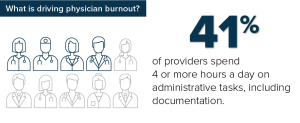
However, for the rest of the practitioners who responded, completing their Notes takes more than an hour a day, and sometimes much more. In fact, nearly half — 48.4 percent — of respondents are spending between one and four hours on daily documentation, while the remaining 41 percent are spending four or more hours every day on their Notes and related work, including completing orders, formulating treatment plans, and making referrals.
For the majority of practices, using a medical scribe is often the first step toward reclaiming some of that time. The use of scribes during the patient encounter can realize time-savings whose effects will be felt throughout the practice’s workflows. And while human scribes can be effective, Sunoh’s AI medical scribe — which is fully integrated into the eClinicalWorks EMR — offers a combination of speed, accuracy, and low cost that makes it an excellent choice — one that more than 40,000 physicians nationwide are already relying upon.
Where can AI tools best support physicians?
For 65 percent of respondents, the first and best place to apply AI-powered solutions is indeed with their clinical documentation. Using Sunoh’s AI medical scribe to take notes offers at least three major advantages:
- Providers can focus on having an in-depth conversation with the patient, better understanding their case.
- Patients are more likely to feel that they have been heard, leading to higher rates of satisfaction.
- Providers can easily review a draft Progress Note and transcript of the encounter, with no need to struggle to recall clinical details.
But AI-powered tools aren’t limited to clinical documentation. Nearly a quarter of respondents told us that these tools can have the greatest impact on their practice’s workflows. And 10 percent cited their value for diagnostic, analytic, or other purposes.
That points to another strength of Sunoh and related solutions — they are versatile enough to meet the diverse needs and styles of all types of physicians and practices.
How much time will an AI medical scribe save?
This is one of those poll questions for which there is no right or wrong answer, because the time a practice will save is a function of many other factors, including size, number of providers, specialty, and where they already find themselves on the technology learning curve.
The answers in our poll reflect precisely that:
- Just over 20 percent expect to save up to one hour.
- Nearly 29 percent expect to save one to two hours.
- About 25 percent believe they will save two to three hours.
- The remaining 26 percent look to save three or more hours.
While expectations and results will vary, we do know that practices already using Sunoh’s AI medical scribe have saved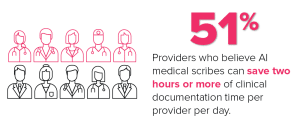
What challenges does the fax inbox present?
When it comes to gathering relevant clinical information for patients, the fax inbox remains a key factor for most practices. But how practices manage their faxes — and what they need to extract from them — varies.
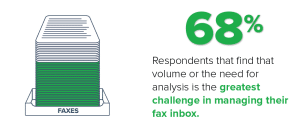
- Magnitude of the fax box. The biggest challenge — cited by more than 40 percent of respondents — is dealing with the sheer number and length of faxes.
- Need for analysis. That was followed by 28 percent who cited analysis of faxes as their leading challenge.
- Matching faxes to patients. Nearly 25 percent of respondents struggle to properly match the right faxes to
Just as with patient encounters, AI can help. Image AI manages inbound faxes, matches them to patients, and interprets their purpose, subject to confirmation by a medical provider. And Image AI even uses facial recognition to streamline the check-in process.
The good news on interoperability and patient records
Polls are rarely unanimous, but every respondent to our poll agreed on the importance of interoperability — obtaining patient information from external sources.
In fact, 85 percent told us it is “extremely important” to get records from other sources, whether they are a patient’s primary care provider, a specialist, or a hospital. The remaining 15 percent labeled such functions as “important.”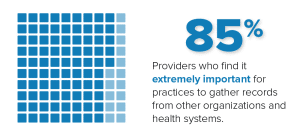
The respondents are 100 percent correct — interoperability matters. And the PRISMA health information search engine has been making such record retrieval easy for a long time by aggregating from all available sources, including insurance payers and even patients’ wearable devices.
And with the latest advances in AI, PRISMA is better than ever. Practices no longer have to scroll through hundreds of pages of dense, complex records. With the use of AI Assistant, users can click a highlight feature to see a summary of the most relevant information to formulate a care plan. That means less time spent on the administrative aspect of each case — time that can translate into seeing more patients and meeting their needs.
Putting an end to no-shows and boosting practice revenue
The last finding from our poll goes to the heart of every medical practice — striking that balance between providing quality care to patients while ensuring that the economic challenges of running a healthcare business are met.
Nothing sums up that challenge like no-shows, a phenomenon that every practice faces and — according to a poll — one that many struggle with.
- While some no-shows are inevitable, 64 percent of practices — nearly two in three — report have more than 10 no-shows every week.
- Rates of no-shows are still higher among health center clients, at more than 67 percent.
- About 17 percent of respondents have six to 10 no-shows weekly.
- Nearly 15 percent report two to six no-shows in a given week.
Even for those practices that have low rates of cancelations and no-shows, every slot that remains unfilled means a missed opportunity to deliver care to someone in need and missed revenue.

The healow AI-powered no-show prediction model was developed precisely to address this challenge. Using a practice’s historical data, the model can predict with a high degree of accuracy which slots on the appointment calendar are likely to go unfilled. That permits practice administrators to adopt strategies to reduce no-shows and cancelations, such as reaching out to patients on a wait list who are willing and able to make an appointment on short notice.
Ensuring that just one or two such slots are filled each day has been shown to translate to approximately $50,000 in additional revenue in the course of a year.
Curb administrative burdens with AI-powered tools — book your demo today
Change is constant in healthcare, but one thing that will likely never change is the need to deal with lots of administrative tasks. But how practices do so is another matter. A new generation of AI-powered tools can help any practice meet those challenges, saving time and money better spent on what really matters — ensuring the physical and mental health of patients, providers, and staff.
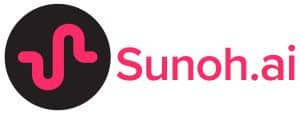
Learn more about AI-powered solutions at www.eclinicalworks.com, or click http://www.sunoh.ai/ to book a demo to see how ambient listening and natural-language technologies can transform your daily workflows.
Download The Full Infographic Here




